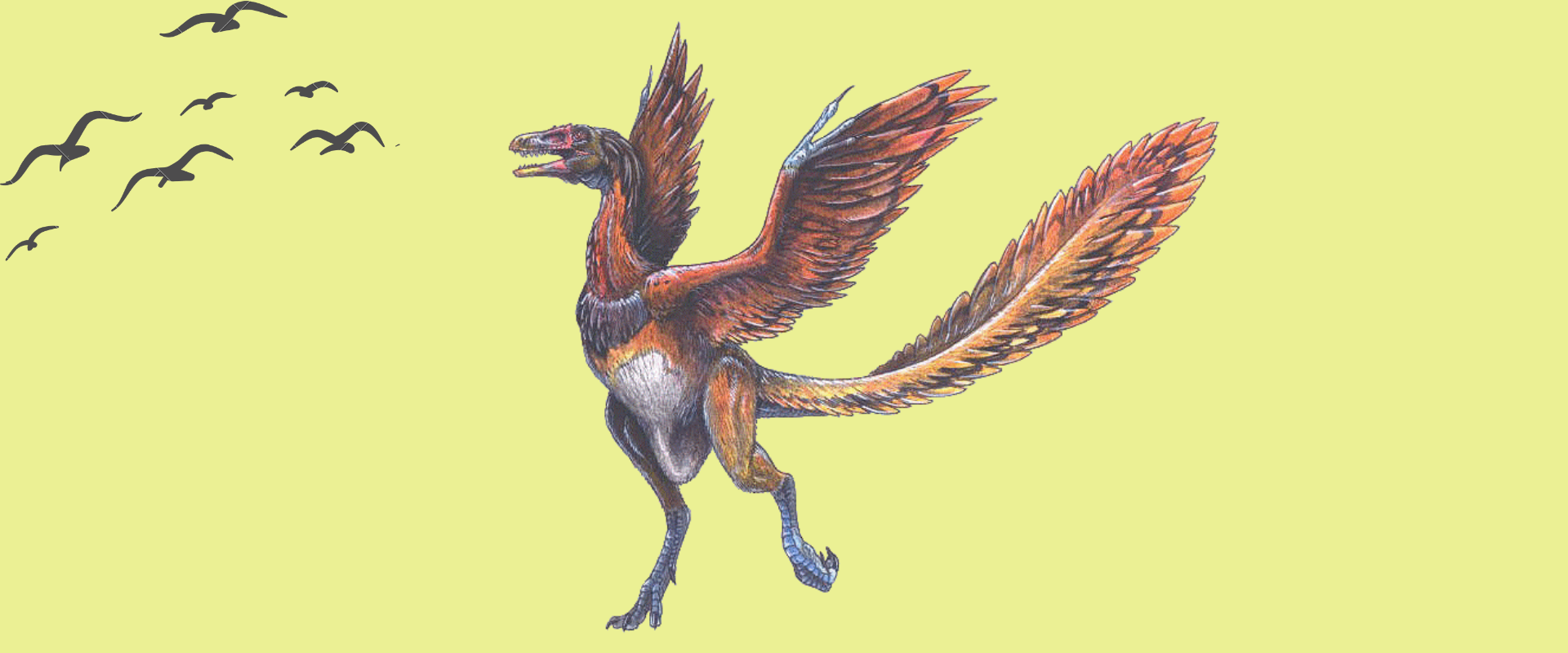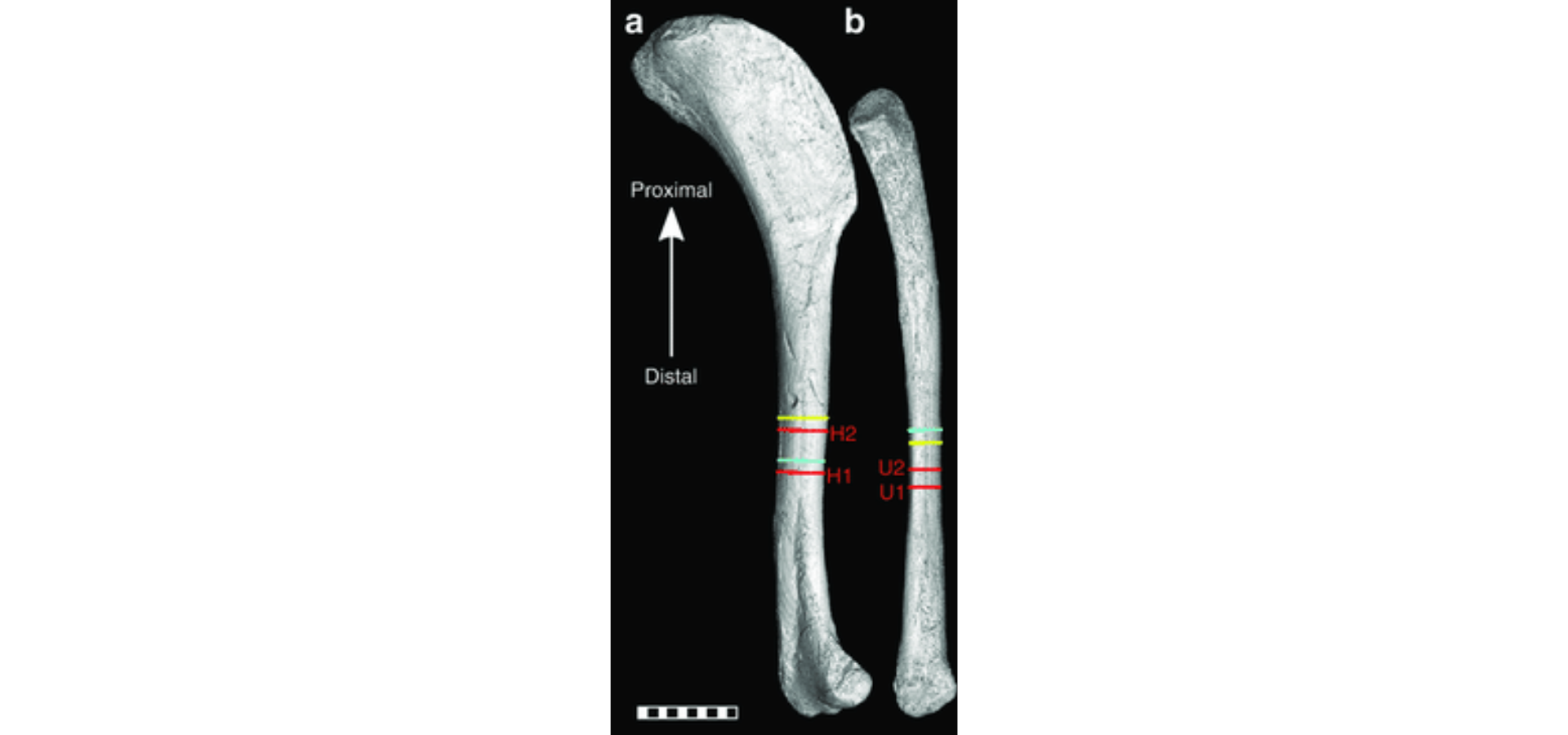Wing Bone Geometry Reveals Active Flight in Archaeopteryx
Sep 18, 2020 | 1 min read

Sep 18, 2020 | 1 min read

When we see the Archaeopteryx we think of a dinosaur that acts as the precursor to modern flying birds and the link between dinosaurs and birds. However, the question of whether the first flying bird-like dinosaurs took flight under their own power remains unanswered.
This dinosaur occupies a crucial position in understanding the early evolution of avian flight. In this article, specific techniques were taken up to understand the type of locomotion and whether these organisms were volant or not.
The main difficulty that researchers face when studying and analyzing fossils is that the material is to be preserved and the process of analysis cannot be destructive. Propagation Phase-Contrast Synchrotron X-Ray Microtomography (PPC-SRμCT) offers nondestructive ways to visualise the complete mid-shaft of the humeral and ulnar cross sections of three Archaeopteryx specimens.
The Findings:
Raw virtual slice data revealed that the long-bone cortex of Archaeopteryx. exhibits a vascular density in the range of modern birds, which proposes substantial metabolic performance.
Relative cortical thickness of archosaurian anterior limb bones successfully discriminates between known non-volant and volant forms, and confidently indicates that Archaeopteryx was volant.
When assessing mass-normalized torsional resistance, the article describes that the Archaeopteryx was found to unanimously ally with birds that employed flapping flight to evade predators or cross physical barriers. This brings into light the fact that these beings used active wing movement to take to the air.
Phylogenetic Principal Component Analysis (pPCA) of the referred parameters was seen to place Archaeopteryx in a domain shared almost exclusively with modern volant birds. Further, Linear Discriminant Analysis (LDA) that principally separates volant and non-volant archosaurs along the discriminant axis (DA) through predominantly humeral and ulnar relative cortical thickness unanimously groups the specimens of Archaeopteryx with short or burst flyers.
The article concludes that their analysis places the Archaeopteryx as volant beings that adopted a different flight stroke than the one seen in modern birds today. They are described as short and burst flyers with a habitual flapping affinity.
The avian nature of Archaeopteryx’s humeral and ulnar cross sectional geometry shares more flight-related biomechanical and physiological adaptations with modern volant birds than previously known, which allows for the conclusion of the shared capability of powered flight.

Figure 1. Archaeopteryx humeral and ulnar virtual cross sections used in the study. This image shows the right humerus and right ulna of a specimen.